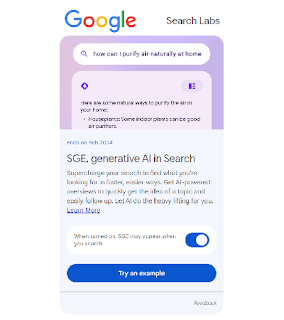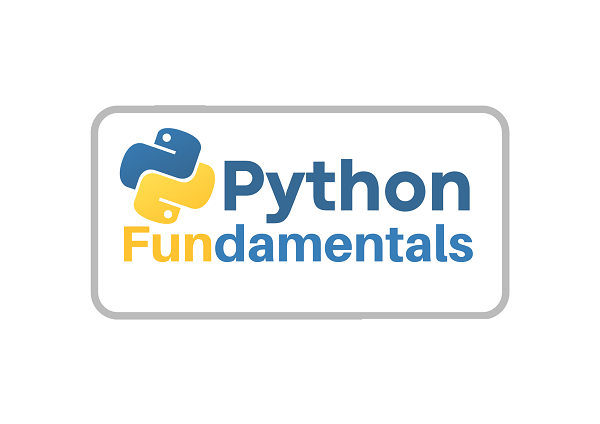Understanding the Difference between Supervised and Unsupervised Learning
Are you confused about the differences between supervised and unsupervised learning in machine learning?
This blog post explores the differences between supervised and unsupervised learning, two key methods of data analysis in machine learning. Using easy-to-understand examples and a tabular form, we'll explain the main characteristics, advantages, and disadvantages of each approach, as well as their applications in real-world scenarios. Whether you're a beginner or an experienced data scientist, this guide will help you understand which method is best suited for your specific use case.
Machine Learning has revolutionized the world of technology, enabling machines to learn from data and make predictions or decisions without explicit programming. One of the fundamental distinctions in machine learning is between supervised and unsupervised learning. In this article, we'll explore what these two approaches are, their differences, and their respective applications.
Supervised Learning
Supervised learning is a type of machine learning where the algorithm learns from labeled data, which means that it learns from input-output pairs. These pairs consist of an input (or feature) and its corresponding output (or label). The goal of supervised learning is to learn a mapping function that can predict outputs for new inputs accurately.
A simple example of supervised learning is the classification of emails as spam or not spam. Here, the input is the email, and the output is its label - either spam or not spam. The algorithm would learn from a labeled dataset that contains examples of both spam and not spam emails. Once the algorithm is trained, it can accurately classify new emails as either spam or not spam.
Another example of supervised learning is predicting house prices based on features such as the number of bedrooms, the location, and the square footage. Here, the input is a set of features that describe the house, and the output is the predicted price. The algorithm would learn from a labeled dataset that contains examples of houses with their corresponding prices. Once the algorithm is trained, it can predict the price of new houses accurately.
Supervised learning is suitable for problems where the output is known, and we want to learn the function that maps the inputs to the outputs. It is widely used in image and speech recognition, fraud detection, sentiment analysis, and many other applications.
Unsupervised Learning
Unsupervised learning is a type of machine learning where the algorithm learns from unlabeled data, which means that it learns from input data without any corresponding output labels. The goal of unsupervised learning is to find hidden patterns or structures in the data.
A hard example of unsupervised learning is clustering, where the algorithm groups similar data points together based on their features. For example, let's say we have a dataset of customer transactions that contains the purchase history of each customer. We want to group similar customers together based on their purchase patterns so that we can target them with specific marketing campaigns. Here, the algorithm would learn from the dataset without any labels and group similar customers into clusters.
Another example of unsupervised learning
is anomaly detection, where the algorithm detects unusual or rare events in the
data. For example, in credit card fraud detection, the algorithm would learn
from a dataset of credit card transactions without any labels and identify
transactions that are significantly different from the norm.
Unsupervised learning is suitable for problems where we don't know the output, and we want to discover hidden patterns or structures in the data. It is widely used in recommendation systems, customer segmentation, anomaly detection, and many other applications.
Difference between Supervised and Unsupervised Learning
|
Supervised Learning |
Unsupervised Learning |
|
Supervised learning is a type of machine
learning in which the data is labeled and the algorithm learns to predict the
output based on the input and labeled data. |
Unsupervised learning is a type of
machine learning in which the data is unlabeled, and the algorithm learns to
recognize patterns and relationships in the data without explicit guidance. |
|
In supervised learning, the input data
and the expected output data are provided to the algorithm. |
In unsupervised learning, only the input
data is provided to the algorithm. |
|
Supervised learning is used for
classification and regression problems. |
Unsupervised learning is used for
clustering and association problems. |
|
Supervised learning algorithms include
decision trees, linear regression, logistic regression, K-Nearest Neighbors,
and Neural Networks. |
Unsupervised learning algorithms include
k-means clustering, Principal Component Analysis (PCA), and Association Rule
Learning. |
|
Supervised learning requires a large
amount of labeled data to train the algorithm effectively. |
Unsupervised learning can work with less
data because it is not required to label the data. |
|
Supervised learning is more commonly
used in industry and academia because it is easier to evaluate the
performance of the algorithm. |
Unsupervised learning is still
relatively new, and researchers are still exploring its full potential. |
Conclusion
Supervised and unsupervised learning are
two fundamental approaches in machine learning, each with its strengths and
weaknesses. Supervised learning is used when the output is known, and we want
to learn the function that maps the inputs to the outputs. Unsupervised
learning is used when we want to find hidden patterns or structures in the
data. Both approaches have numerous applications, and choosing the right
approach depends on the problem at hand. By understanding the difference
between these two approaches, you can better select and apply machine learning
models to your data-driven projects.




Comments
Post a Comment